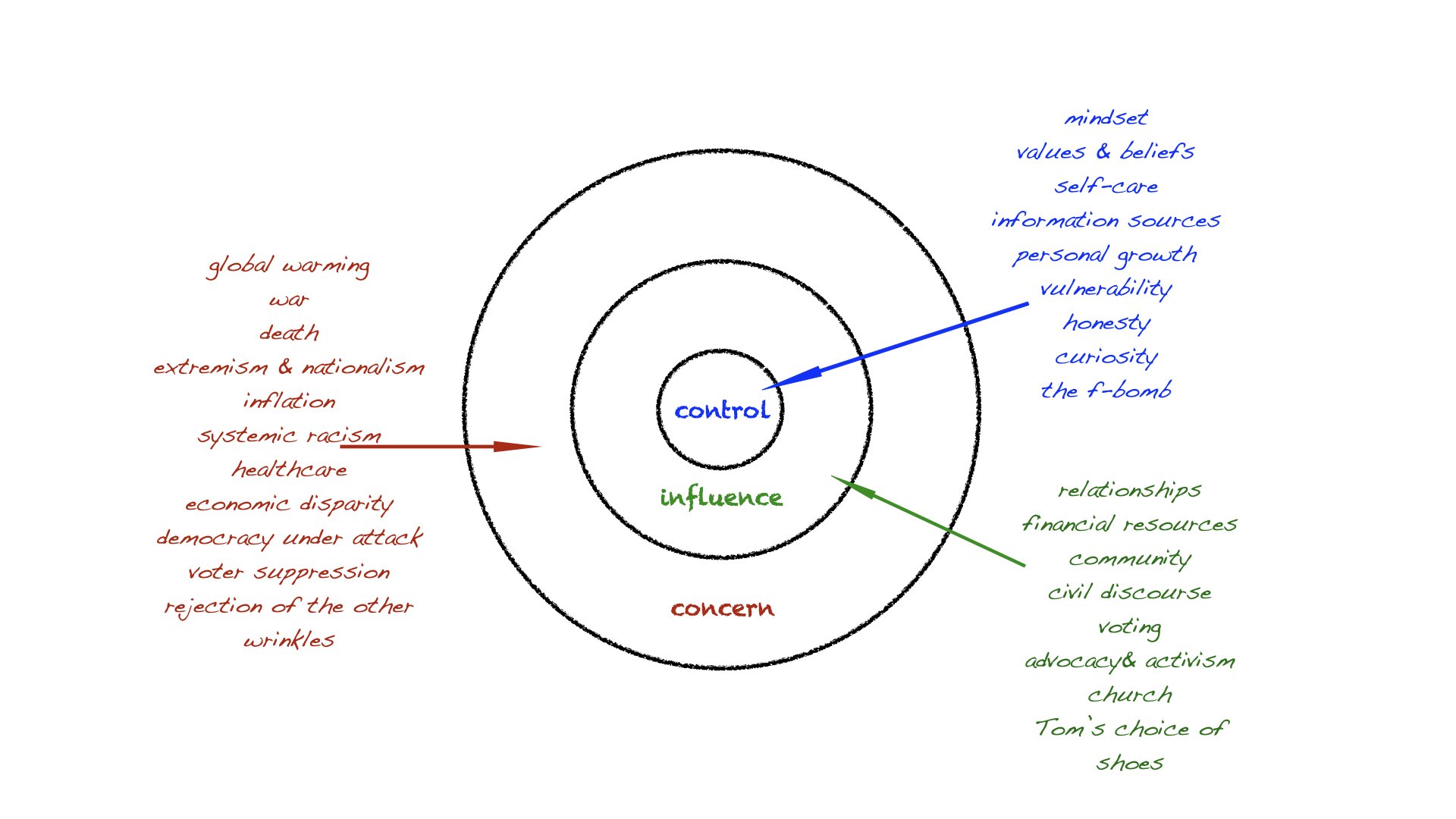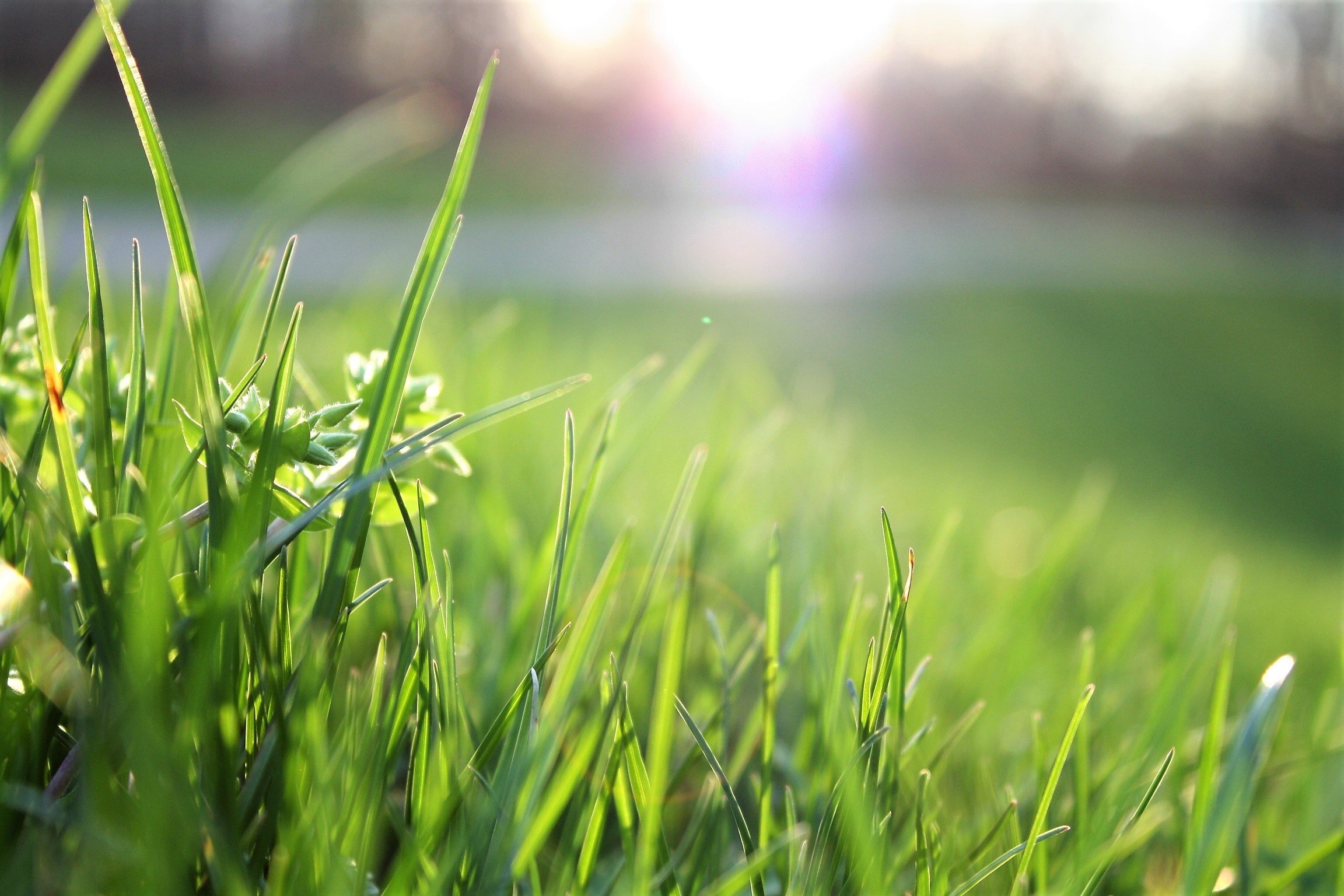The Hood River Bridge spans the Columbia River, and serves as a connection between Washington and Oregon. There’s lots of controversy about the bridge including what it costs to cross from one side to the other, the price of its upcoming replacement, the undue financial burden it places on those whose labor keeps our Gorge communities running but can barely afford to live here, and on and on and on. One thing that is undeniable is that this bridge matters. It’s necessary. It connects us one to another, and makes life possible in countless ways.
Recently, the bridge underwent necessary repair work to address deck fractures due to heavy truck loads. This meant that there were intermittent single-lane closures, usually lasting about 15 minutes, which meant drivers needed to allow additional time to make it to that doctor’s appointment, job, lunch with a friend, or whatever errands were on the list for that day. While a bit of an inconvenience, repairing fractures on a bridge that crosses a big body of water seems worth the trouble.
I didn’t expect the process to make an emotional impact on me.
But it did.
Pickup trucks were parked every so often, and in between each truck were two welders wearing helmets, goggles, and protective gloves, bent over their section of the bridge requiring reinforcement. There was no music accompanying their efforts, but the welders moved with the elegance and precision of those who have spent countless hours mastering the art of repair. A porta potty sat on the back of a flatbed truck located in the middle of the bridge, and flaggers directed traffic. Drivers were cautioned to drive slowly so as to ensure the safety of the workers, and to refrain from looking at the brilliant welding arc light that flashes as the welding iron worked its magic.
As I observed the process I suddenly had this lump in my throat. What I was watching was what I could only call a stunningly choreographed dance of collective human endeavor, and like it or not, regardless of our opinion about the bridge and how it is or isn’t being managed, we were all a necessary part of that dance. Because the bridge matters to all of us. And the bridge matters because connection matters.
Bridges, real or metaphorical, are what connect us from here to there. From one person to another. From one perspective or belief to a differing one. From one side of the political aisle to the other. And like the Hood River Bridge, at one time or another repair is needed to provide safe passage to the other side, and we all have a part to play.
So when encountering bridge repair, be mindful to proceed slowly and with caution for the safety and wellbeing of all involved. And don’t look directly at the welding arc, because there is some blindingly brilliant magic at play in the work of repair..




